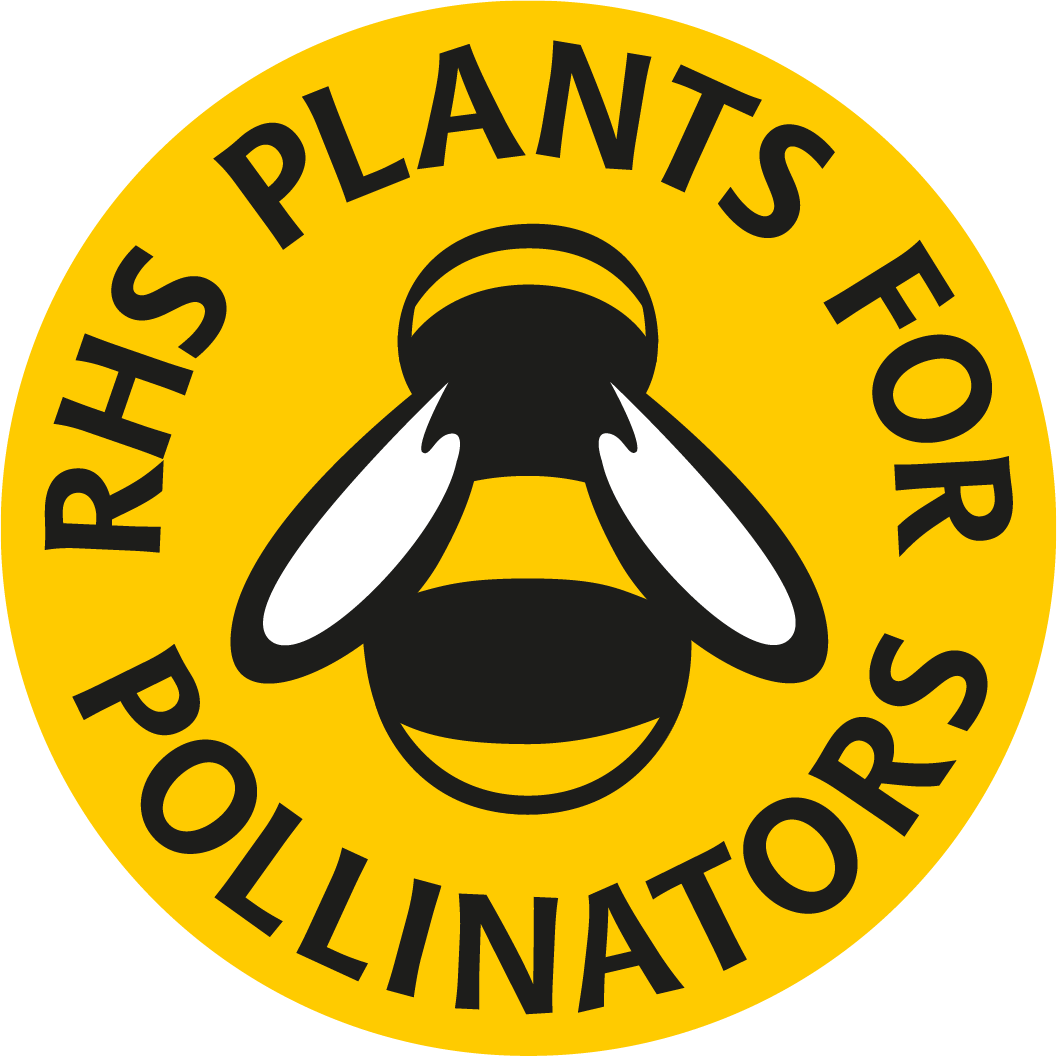Also known as Barber’s Brushes, Gypsys’ Comb, Jenny Prickfinger and Donkey Thistle. This hardy perennial is well-known for the attraction goldfinches and bees pay it, as well as butterflies, particularly the Common Blue, Common Skipper and Small Copper. Teasel has distinctive long, oval, spiky flowerheads with tiny pinky-mauve flowers amongst the spikes. It flowers July to August. As a garden wildflower, it has the benefit that it looks just as attractive throughout autumn, winter and spring when the flowers have all dropped.
Teasels are found naturally by roadsides, riverbanks and canals. It does best in full sun.
Its name comes from the old English word “taesen” – to tease. Dipsacus comes from the Greek “dipsakos”, meaning thirst, referring to the water held in the leaf bases.
Teasels can grow to around 2 metres high and a plant can produce over 2000 seeds, so it can be quite a prolific self-seeder! But this can be forgiven because it is so good for wildlife.
Uses for Teasels
Rainwater caught in the cupped leaf bases of Teasels was traditionally used as a skin cleanser. Birds and insects will also drink this water – it used to be thought that the plant was carnivorous because of the insects it trapped. The spiky flower heads were used to tease (raise) the nap on cloth – they still are in parts of Somerset (a process called carding). The plant is also used in homeopathy to treat TB, dermatitis and anal fistulas. In Chinese medicine, Teasel is used for healing broken bones and tendons. It is also a liver and kidney tonic. It goes without saying that you should consult a qualified herbalist before treating yourself with Teasels!





